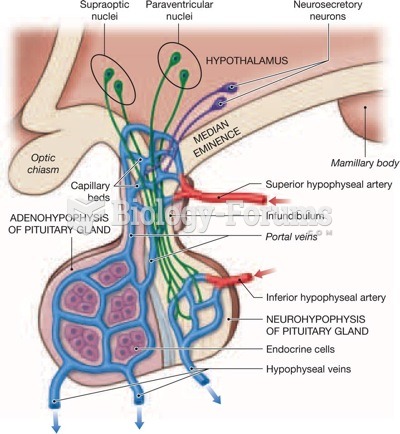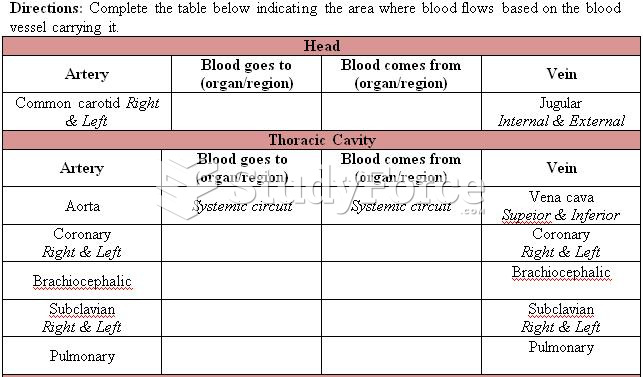|
|
|
A strange skin disease referred to as Morgellons has occurred in the southern United States and in California. Symptoms include slowly healing sores, joint pain, persistent fatigue, and a sensation of things crawling through the skin. Another symptom is strange-looking, threadlike extrusions coming out of the skin.
Asthma occurs in one in 11 children and in one in 12 adults. African Americans and Latinos have a higher risk for developing asthma than other groups.
A seasonal flu vaccine is the best way to reduce the chances you will get seasonal influenza and spread it to others.
Drying your hands with a paper towel will reduce the bacterial count on your hands by 45–60%.
Cytomegalovirus affects nearly the same amount of newborns every year as Down syndrome.







